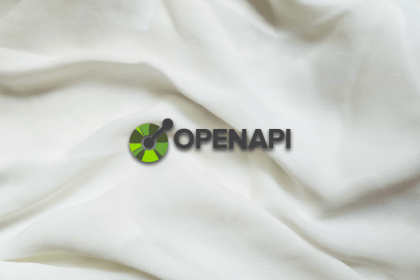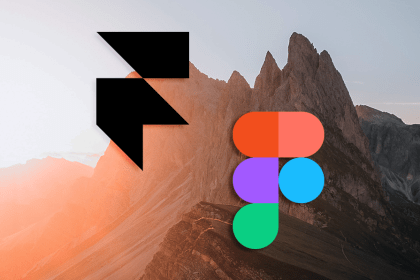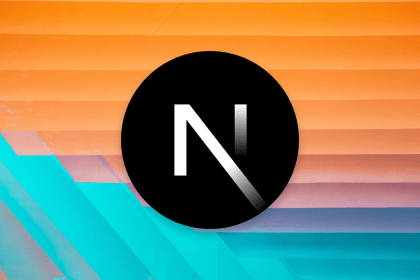
Minimalism is the art of finding beauty in essentials, simplifying complex solutions, and focusing on essentials.

Survivorship bias occurs when you focus on the survivors or successes while neglecting the failures or those who did not make it.

One of the most challenging tasks in writing API documentation is finding out how every part of it behaves. In […]

By making products accessible, you can broaden your potential customer base, reaching out to those who are otherwise neglected.

You’ve likely spent plenty of time in Figma, but Framer has been growing in popularity. Explore how they differ and when to use them.

The partial pre-rendering feature from Next.js 14 leverages the React Suspense API to incrementally render web page content as it is needed.

When someone does something because they relate to it or because it matters to them that’s an intrinsic motivation.

A product roadmap is a strategic plan that defines the product’s vision, direction, and progress over a certain period of time.

Discover the purpose of a context menu, the elements that comprise it, and some best practices for creating one.

A decision-making process is a methodology used for making decisions efficiently. It’s especially useful when you don’t know where to start.

D3.js is a powerful JavaScript library for creating tailored data visualizations. Let’s see why you should use D3.js in your next project.

There’s a good chance that you spend more than twenty hours a week on meetings. There’s also a high chance that you dislike attending them.